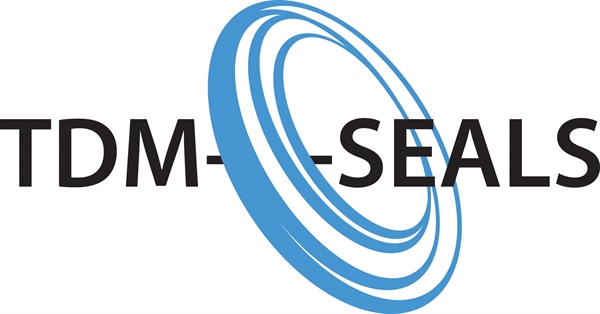R&D: “TDM SEALS” PROJECT
HIGH PERFORMANCE DYNAMIC SEALS
In pressurized cooking pots, washing machines, fridges, watering or milking systems, oxygen conductors in hospitals, taps, watches…all around us there are many more elastomeric seals than we can imagine. Whenever we want to ensure the closure of a chamber, reservoir or circuit to avoid leakages of fluid or gas, pressure losses or contaminant inflow, there they are.
Ten partners from across Europe are participating in a project called ‘TDM-SEALS’, which has received funding from the European Union Seventh Framework Programme.
The project will develop a new process, integrated in the molding, for the surface texturing of elastomeric seals: “Texturing During Molding”
With this aim, several European SMEs, along with Barbieri Rubber S.r.l. and in conjunction with several technological centers, have joined forces in the European project TDMSEALS.
Do you remember the Challenger disaster? It is the most famous failure of an O-ring. The O-ring installed in one of the rocket boosters failed due to repeated over-compression during its mounting. The low temperatures during the morning of the launch affected the mechanical properties of the seal, which was not able to seal properly, and produced an outflow of hot pressurized gas…And the space shuttle burst into pieces.
The value that is normally given to a seal is small compared with the system where it is installed, says Alberto Barbieri, technical director of Barbieri Rubber S.r.l.
This project is focused on dynamic seals, where there exists relative motion between the seal and the surfaces against which it sits; such as in pneumatic and hydraulic cylinders, automatic doors, construction machinery, reach stackers, brake cylinders or landing gears. Dynamic seals are subjected to higher friction forces and suffer more wear and tear than static seals. For this reason, especially in pneumatic and hydraulic cylinders, high performance seals are installed in order to provide high resistance to friction and maximum durability.
How do we reduce friction? It has been demonstrated that friction between two materials can be reduced by texturing one of the surfaces. This technique, adds Mr. Barbieri, consists in making micro-dimples on the surface. That micro-texture is able to dramatically reduce the friction coefficient without affecting the sealing properties. The challenge is that such treatments must be applied through a post-process, usually by laser, which hinders its implementation in fabrication processes at industrial scale.
The TDMSEALS project aims to develop a production process of low friction seals, by surface texturing integrated in the molding process, to achieve a reduction in the seal dynamic friction of > 20%.
Barbieri Rubber continually applies its experience of 50 years in rubber molding and will test new treatments and textures for molds that improve the process and the final making of the seal.




